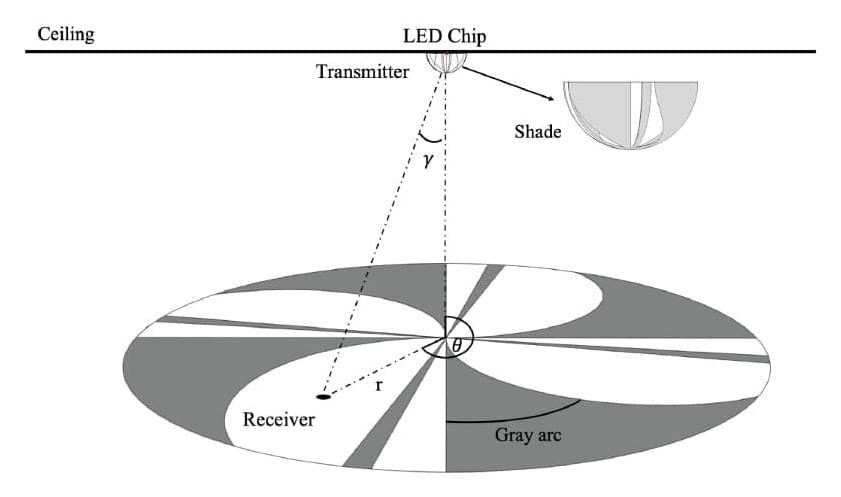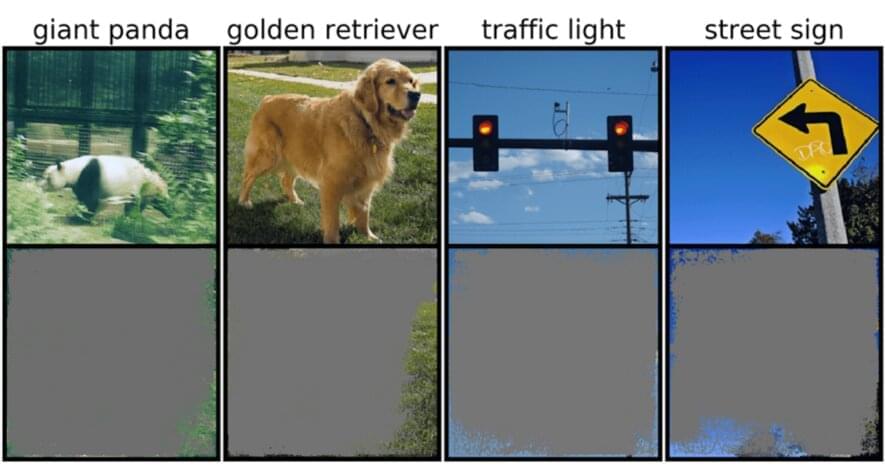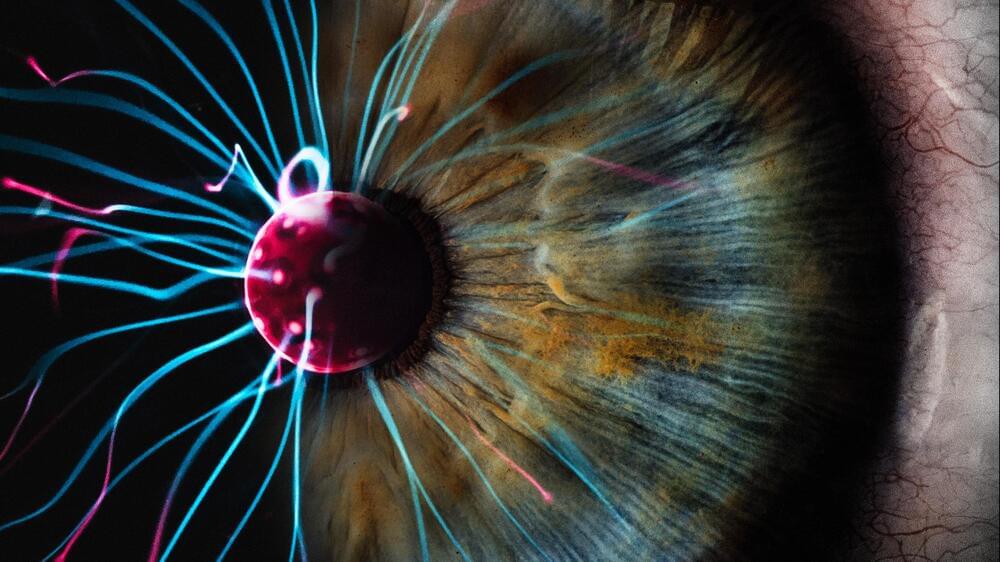The resulting solar cell exhibits a power conversion efficiency of 15.2% and almost 80% transparency.


The U.S. government has warned for years that products from Chinese tech giant Huawei Technologies Co. pose a national security risk. Now, a Bloomberg investigation has found a key piece of evidence explaining why. Bloomberg’s Jamie Tarabay reports on “Bloomberg Daybreak: Asia.”

HONG KONG, Dec 17 (Reuters Breakingviews) — After conquering semiconductors, Taiwan Semiconductor Manufacturing, the world’s biggest chipmaker has a new challenge: kickstarting Taiwan’s stalled green transition. Bureaucracy and red tape have marred the island’s renewable-energy goals. The company’s (2330.TW) voracious appetite for cleaner power will offer a much-needed spark.
Referendums on whether to restart a nuclear power plant and whether to change the location of a planned $2 billion liquid fossil gas terminal highlight how politically contentious the island’s energy issues are. President Tsai Ing-wen has pledged to phase out nuclear power and is hoping gas-fired plants will supply half of the $600 billion economy’s electricity needs by 2025. At the same time, she has promised to increase the share of renewable sources to 20%, from 5.4% in 2020.
On paper that’s doable, but in practice it looks increasingly out of reach. Covid-19 disruptions held up wind and solar projects, but lengthy and complex approval processes are also to blame. Offshore wind developers, for instance, must obtain consent letters from at least eight different authorities as well as approval from the environmental watchdog even to be eligible to bid for projects. Those that make it to the second round must also detail how they can meet local procurement requirements, often onerous criteria given how new the industry is in Taiwan. According to one 2021 estimate, unfinished wind and solar projects totalled $83 billion, among the highest in Asia.

A vast system of canyons that dramatically scars the face of Mars could be harboring reserves of hidden water.
An unusually high quantity of hydrogen has been detected in the heart of the 4,000 kilometers (2,485 miles) of canyons known as Valles Marineris, nicknamed the Grand Canyon of Mars. We know this thanks to new data from the ESA-Roscosmos ExoMars Trace Gas Orbiter’s FREND instrument.
The finding suggests that, at depths up to a meter (three feet) below the surface, the soil in the region is rich in water, either bound up in minerals or as subsurface water ice, potentially offering a new way of locating the precious stuff on the apparently extremely arid world.

Cybersecurity researchers have demonstrated a new attack technique that makes it possible to leverage a device’s Bluetooth component to directly extract network passwords and manipulate traffic on a Wi-Fi chip, putting billions of electronic devices at risk of stealthy attacks.
The novel attacks work against the so-called “combo chips,” which are specialized chips that are equipped to handle different types of radio wave-based wireless communications, such as Wi-Fi, Bluetooth, and LTE.
“We provide empirical evidence that coexistence, i.e., the coordination of cross-technology wireless transmissions, is an unexplored attack surface,” a group of researchers from the Technical University of Darmstadt’s Secure Mobile Networking Lab and the University of Brescia said in a new paper.


In recent years, engineers have been trying to develop more effective sensors and tools to monitor indoor environments. Serving as the foundation of these tools, indoor positioning systems automatically determine the position of objects with high accuracy and low latency, enabling emerging Internet-of-Things (IoT) applications, such as robots, autonomous driving, VR/AR, etc.
A team of researchers recently created CurveLight, an accurate and efficient light positioning system. Their technology, described in a paper presented at ACM’s SenSys 2021 Conference on Embedded Networked Sensor Systems, could be used to enhance the performance of autonomous vehicles, robots and other advanced technologies.
“In CurveLight, the signal transmitter includes an infrared LED, covered by a hemispherical and rotatable shade,” Zhimeng Yin, one of the researchers who developed the system at City University of Hong Kong, told TechXplore. “The receiver detects the light signals with a photosensitive diode. When the shade is rotating, the transmitter generates a unique sequence of light signals for each point in the covered space.”

For all that neural networks can accomplish, we still don’t really understand how they operate. Sure, we can program them to learn, but making sense of a machine’s decision-making process remains much like a fancy puzzle with a dizzying, complex pattern where plenty of integral pieces have yet to be fitted.
If a model was trying to classify an image of said puzzle, for example, it could encounter well-known, but annoying adversarial attacks, or even more run-of-the-mill data or processing issues. But a new, more subtle type of failure recently identified by MIT scientists is another cause for concern: “overinterpretation,” where algorithms make confident predictions based on details that don’t make sense to humans, like random patterns or image borders.
This could be particularly worrisome for high-stakes environments, like split-second decisions for self-driving cars, and medical diagnostics for diseases that need more immediate attention. Autonomous vehicles in particular rely heavily on systems that can accurately understand surroundings and then make quick, safe decisions. The network used specific backgrounds, edges, or particular patterns of the sky to classify traffic lights and street signs—irrespective of what else was in the image.

